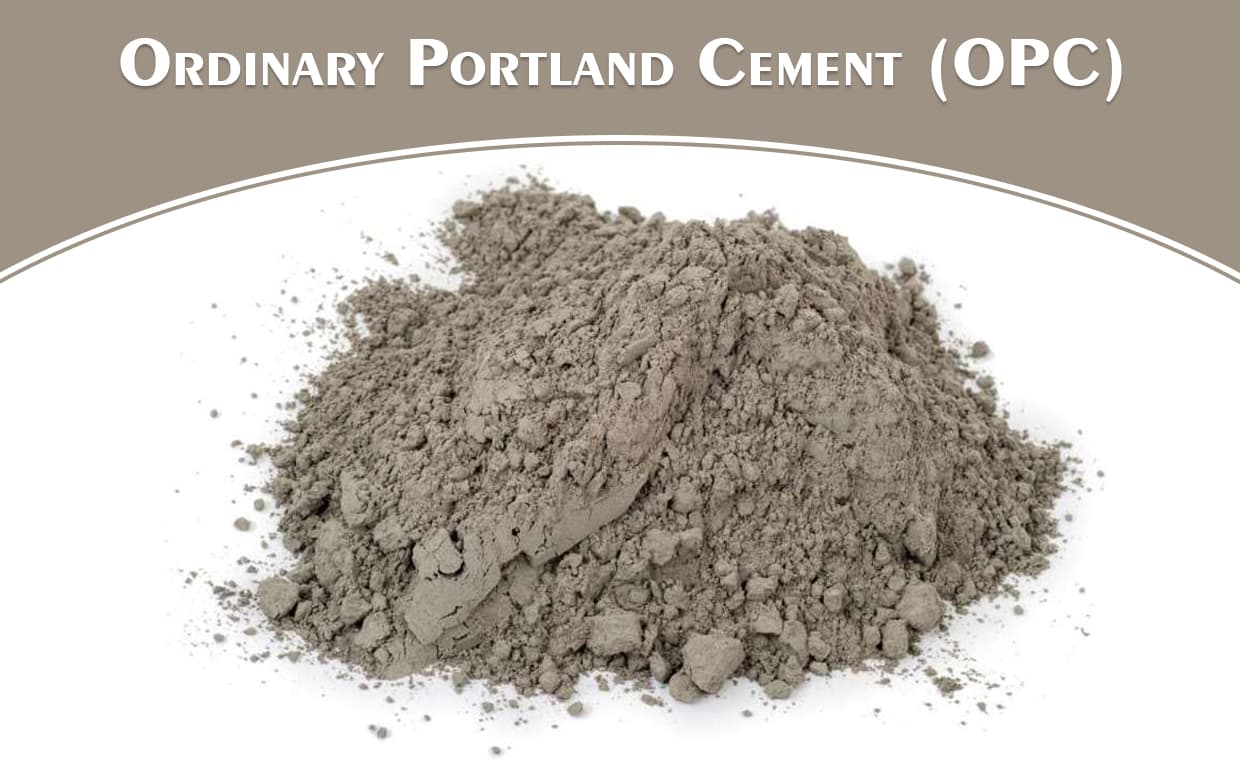
The manufacturing process of Ordinary Portland cement is made primarily from calcareous and argillaceous materials, such as limestone or chalk, and from aluminium oxide, silica oxide, ferric oxide and magnesium oxide found as clay or shale. Raw materials for the manufacture of Portland cement are found in nearly all countries and cement plants operate all over the world.
Manufacturing of Ordinary Portland Cement
The raw materials are quarried from the local rock and first crushed to size less than 50 mm. The raw materials are ground together in a raw mill. Accurately controlled proportions of each material are delivered onto the belt by weigh feeders. The raw mix is formulated to correct chemical composition.
Calcium and silicon combine together to form the strength producing compounds such as tricalcium silicate and dicalcium silicate. Aluminium and iron combine to form flux which acts as a solvent for silicate forming reaction. The raw mix prepared must be frequently analyzed by X-ray fluorescence analysis. This analysis is used to make adjustments to raw materials feed rate.
The raw mixture prepared is heated in large rotary kiln up to about 1400-1450 °C. A series of chemical reaction occurs as the temperature rises. The peak temperature is maintained so that the material does not contain sinter products. Sintering is the process of melting the mass of the material. Too low sintering results in insufficient sintering and incomplete chemical reaction and too high temperature results in formation of molten mass, destruction of kiln lining and wastage of fuel.
The resulting material formed in the kiln is the clinker having diameter of 10-20 mm in shape of balls. The clinker is allowed to cool and transported to ball and tube mill where it is ground to a fine powder. During grinding 5% of gypsum is added to prevent quick setting of cement.
The mixing and grinding of the raw materials can be done either in water or in a dry condition. Hence two process for manufacturing of cement given below.
01. Dry Process
02. Wet Process
The actual methods of manufacture depend also on the hardness of the raw materials used and on their moisture content.
Note: It is important to note that the rate of cooling of the clinker, as it leaves the kiln, may affect certain properties of cement resulting into a product of variable quality. The rate for cooling is therefore an important consideration in the manufacture of cement. Moreover, clinkers of the same computed quality may also sometimes cause differences in the properties of cement. Also, the quality control measures may sometimes be different because of many unforeseen factors that remained undetected.
































